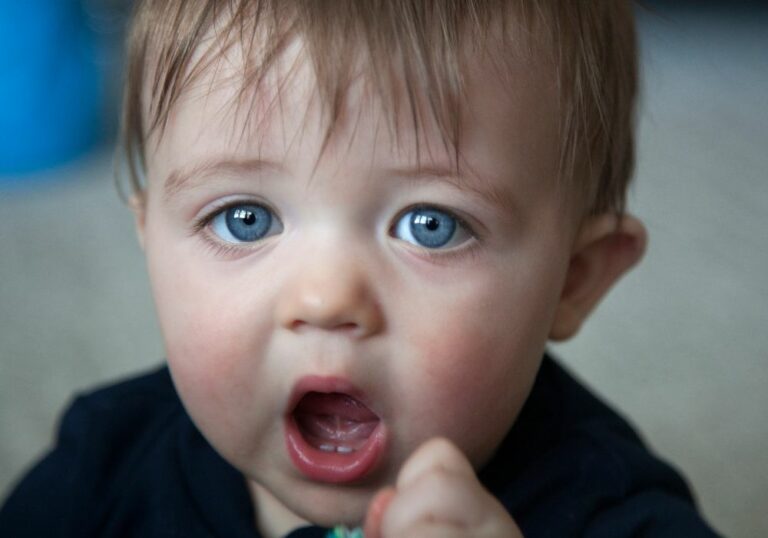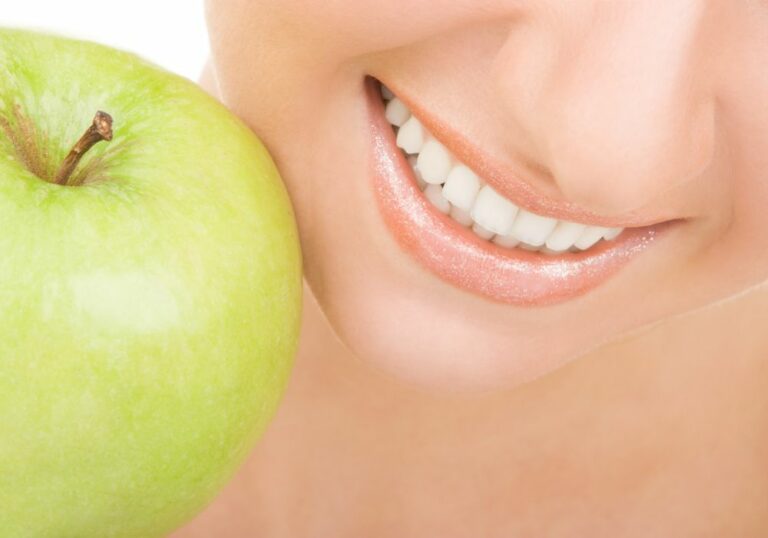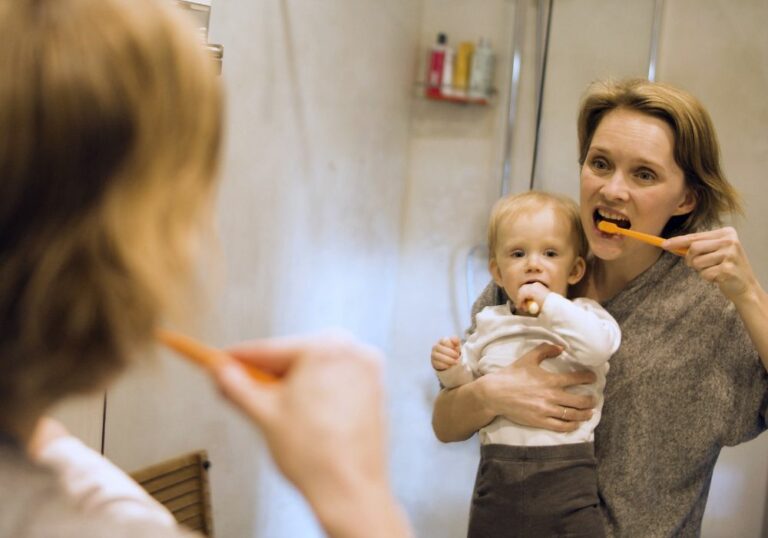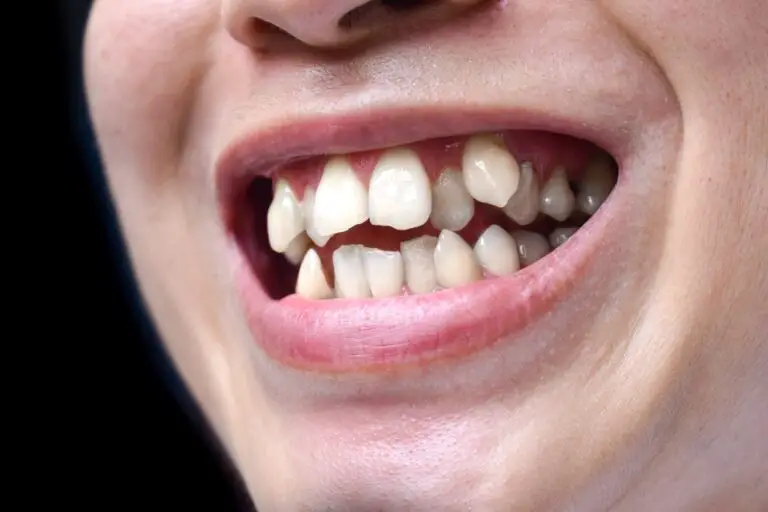It’s not uncommon for parents to notice that their 3 year old complains of tooth pain or dental sensitivity when crying. There are a few possible reasons why this may occur.
Teething
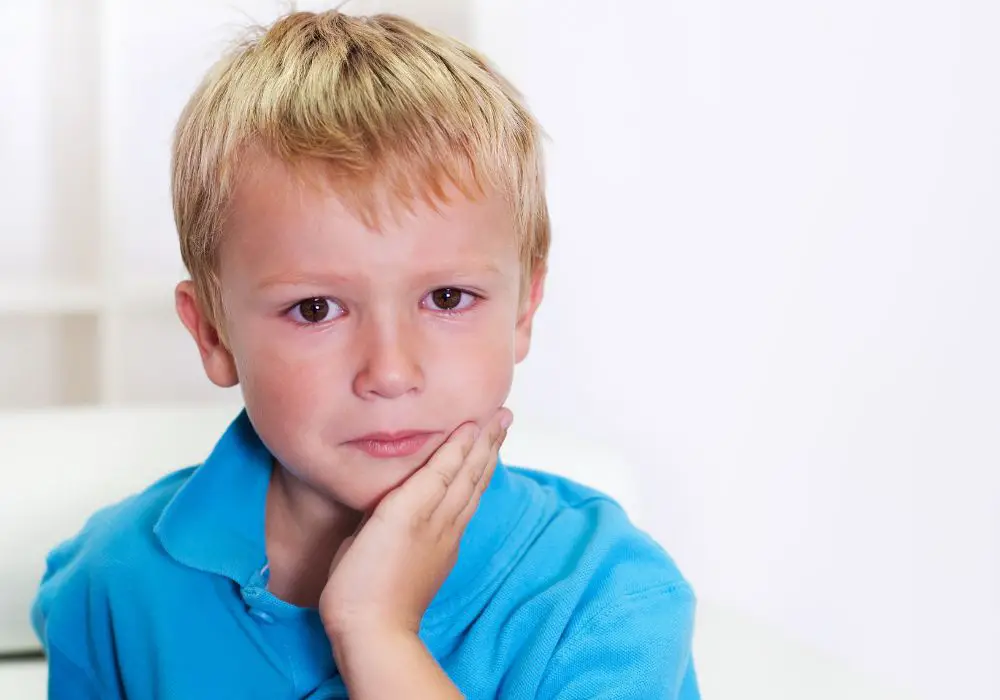
Teething is a normal developmental phase spanning from infancy through toddlerhood as new teeth emerge. While most active between 6 months and 2 years, some children can experience late teething up to age 3 and beyond.
During teething, the gums become inflamed and tender. As the new teeth push up and pierce through the gums, it puts pressure on the surrounding tissue. The gums also become irritated from the cutting motion and exposure to air and food.
This inflammation causes pain, swelling, and sensitivity. The gums may appear red, swollen, and bumpy. Teething infants and toddlers often have increased drooling, chewing behaviors, irritability, and disrupted sleep.
Crying and fussiness are also common during active teething. The facial muscles tense up and put extra pressure on the inflamed gums when a child cries. This further aggravates the already sensitive tissue. As such, a 3 year old may experience a flare up of dental pain when they are upset and crying due to the physical strain it puts on the mouth.
Managing Teething Discomfort
Parents can help soothe their teething toddler using these methods:
- Gently massage swollen gums with clean fingers, a soft cloth, or special teether made for gum massage
- Allow the child to chew on a chilled (not frozen) teething toy or cool washcloth
- Use an over-the-counter oral anesthetic gel specifically formulated for teething relief
- Give acetaminophen or ibuprofen in proper pediatric dosages to reduce pain and inflammation
- Make sure the child stays hydrated by frequently offering water, breastmilk or formula
- Ensure good oral hygiene habits like regular brushing with a soft toddler toothbrush and fluoride toothpaste
Most cases of teething pain and sensitivity resolve within a few days on their own as the teeth finish pushing through the gums. However, contact your pediatrician or pediatric dentist if symptoms seem severe or don’t improve with typical teething remedies. Prolonged bouts of high fever, diarrhea, reduced appetite, or lethargy may indicate illness rather than just teething discomfort.
Underlying Dental Issues
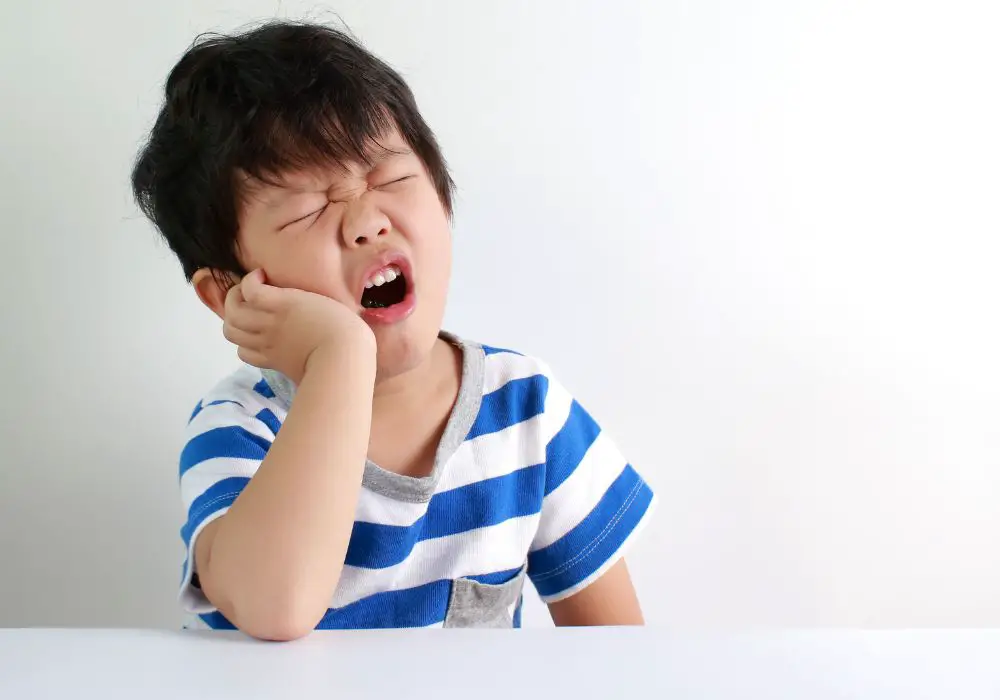
In some instances, a toddler’s tooth pain that flares up while crying is actually caused by an underlying dental problem needing treatment, rather than just teething. Some common issues include:
Cavities
Dental caries, known as cavities, are a widespread problem among preschool aged children. According to a recent report by the CDC, over 23% of children ages 2-5 have experienced tooth decay in their baby teeth.
Cavities develop when acids from plaque bacteria on the teeth erode through the enamel. This decay can start as tiny areas of demineralization that are hard to spot at first. But as the destruction spreads deeper into the tooth over time, cavities advance into the inner structures.
If the pulp tissue in the center of the tooth becomes inflamed or infected due to extensive untreated decay, the condition is called pulpitis. Pulpitis is extremely painful and requires urgent dental treatment.
Tooth decay that exposes the sensitive inner structures results in lingering pain, especially with temperature changes or pressure on the damaged area. Crying puts added force on affected teeth, so toddlers with cavities and pulpitis often have sharper tooth pain when they are upset and crying.
Preventing Early Childhood Caries:
- No bottles or sippy cups with anything besides water at bedtime
- Begin daily brushing with a smear of fluoride toothpaste as soon as first tooth erupts
- Routine dental checkups starting by 12 months of age
- Limiting sugary snacks and beverages
- Using sealants to protect vulnerable chewing surfaces
Bruxism
Bruxism refers to involuntary jaw clenching and teeth grinding, usually during sleep. Studies estimate up to 38% of young children exhibit some signs of bruxism. Associated risk factors include:
- Anxiety and stress
- Misaligned bite or crooked teeth
- Pain from teething or dental issues
- Sleep disorders like sleep apnea
- Medication side effects
Symptoms of bruxism include headache, jaw soreness, tooth sensitivity, and worn down tooth surfaces. The constant abnormal grinding forces can damage tooth enamel and the underlying support structures. Pressure from bruxism may provoke dental pain that intensifies when a child cries due to the added strain on already aggravated oral tissues.
If bruxism is suspected, a dentist can fit the child with a custom night guard to protect the teeth. Other interventions may include stress reduction, physical therapy, bite correction, and addressing contributing medical conditions if applicable.
Seeking Dental Treatment for Tooth Pain with Crying
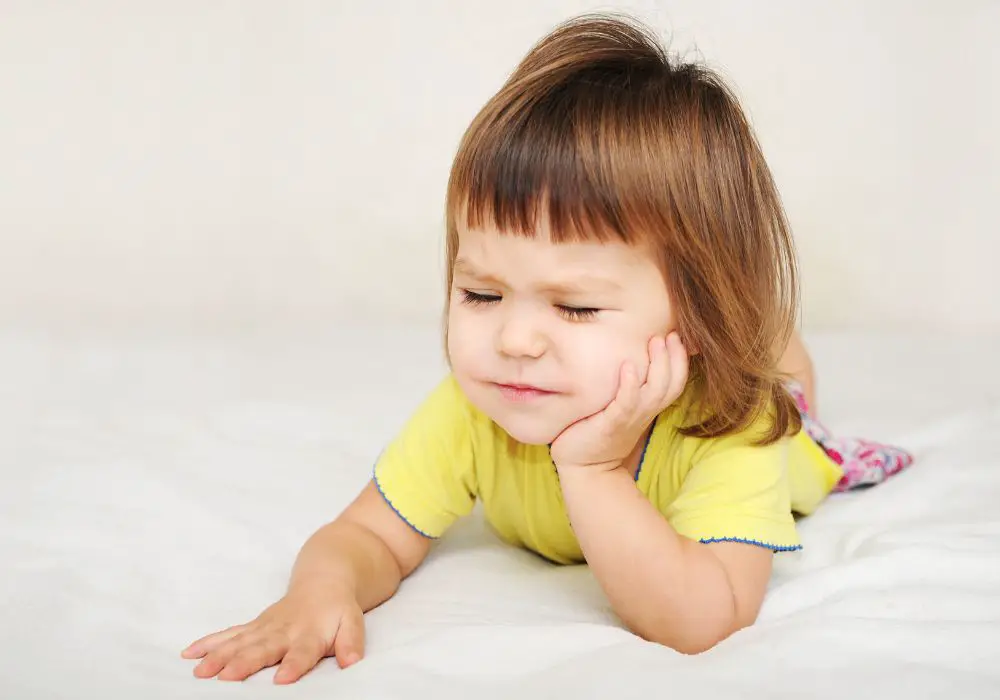
Tooth sensitivity or pain that seems worse when your 3 year old cries should be evaluated by a pediatric dentist. They can diagnose and properly treat issues like cavities, pulpitis, and bruxism. Perform regular dental exams every 6 months to spot problems early.
For immediate comfort when your toddler cries over dental discomfort:
- Gently massage cheeks, temples, and jaws
- Allow them to gently chew on a clean, chilled teether
- Give acetaminophen or ibuprofen if appropriate for age and as recommended by doctor
- Use an oral anesthetic gel on the painful area under supervision
- Avoid temperature extremes on sensitive teeth
- Distract and comfort your child to calm them faster
- Maintain excellent oral hygiene practices
With preventive dental care and prompt treatment when necessary, pain that flares up when a 3 year old cries can often be avoided or resolved. Pay attention to any lingering oral pain and report it to your pediatrician or dentist right away.
Frequently Asked Questions
Q: At what age should my child first see a dentist?
A: Pediatric dental experts including the AAPD recommend a first dental visit by 12 months old, or within 6 months of the first tooth erupting. Early visits allow evaluation for decay risk and establishing positive experiences.
Q: Can I give my 3 year old Orajel for tooth pain?
A: While benzocaine gels like Orajel are not recommended under age 2, they can provide temporary numbing relief for a 3 year old with severe tooth pain under parental supervision. Follow dosage guidelines and monitor for any abnormal reactions.
Q: How can I ease my toddler’s teething pain at night?
A: Gently massaging swollen gums, allowing them to chew on a chilled teether, giving appropriate OTC pain medication, and maintaining bedtime routines can help manage teething discomfort for sleep. Avoid frozen or hard teethers which pose safety issues.
Q: What toothpaste should I use for my 3 year old?
A: The ADA and AAPD recommend using just a smear or grain of size rice amount of fluoride toothpaste for children under age 3. Pick toothpastes made just for toddlers with 1000ppm fluoride and no added sudsing agents. Children should spit excess out but not rinse after brushing.
Q: What are signs my 3 year old may be grinding their teeth?
A: Signs of bruxism can include worn down teeth, headaches, jaw tenderness, tooth sensitivity, or them making a grinding noise while asleep. Mention any symptoms at their next dental visit. A custom night guard may be recommended to protect teeth from damage.
Conclusion
While teething is a common cause of dental sensitivity when a 3 year old cries, recurring or severe pain may indicate issues needing evaluation by a dentist. Maintain excellent oral hygiene habits, regular dental visits, and prompt treatment when necessary. With preventive care and preserving the integrity of primary teeth, your child can have improved dental health, speech development, nutrition, and self-confidence.


